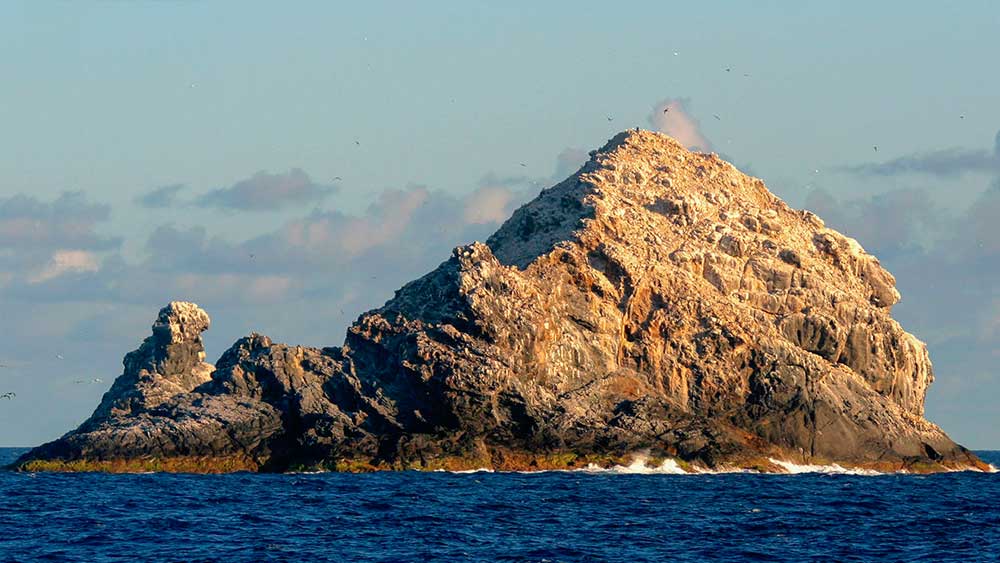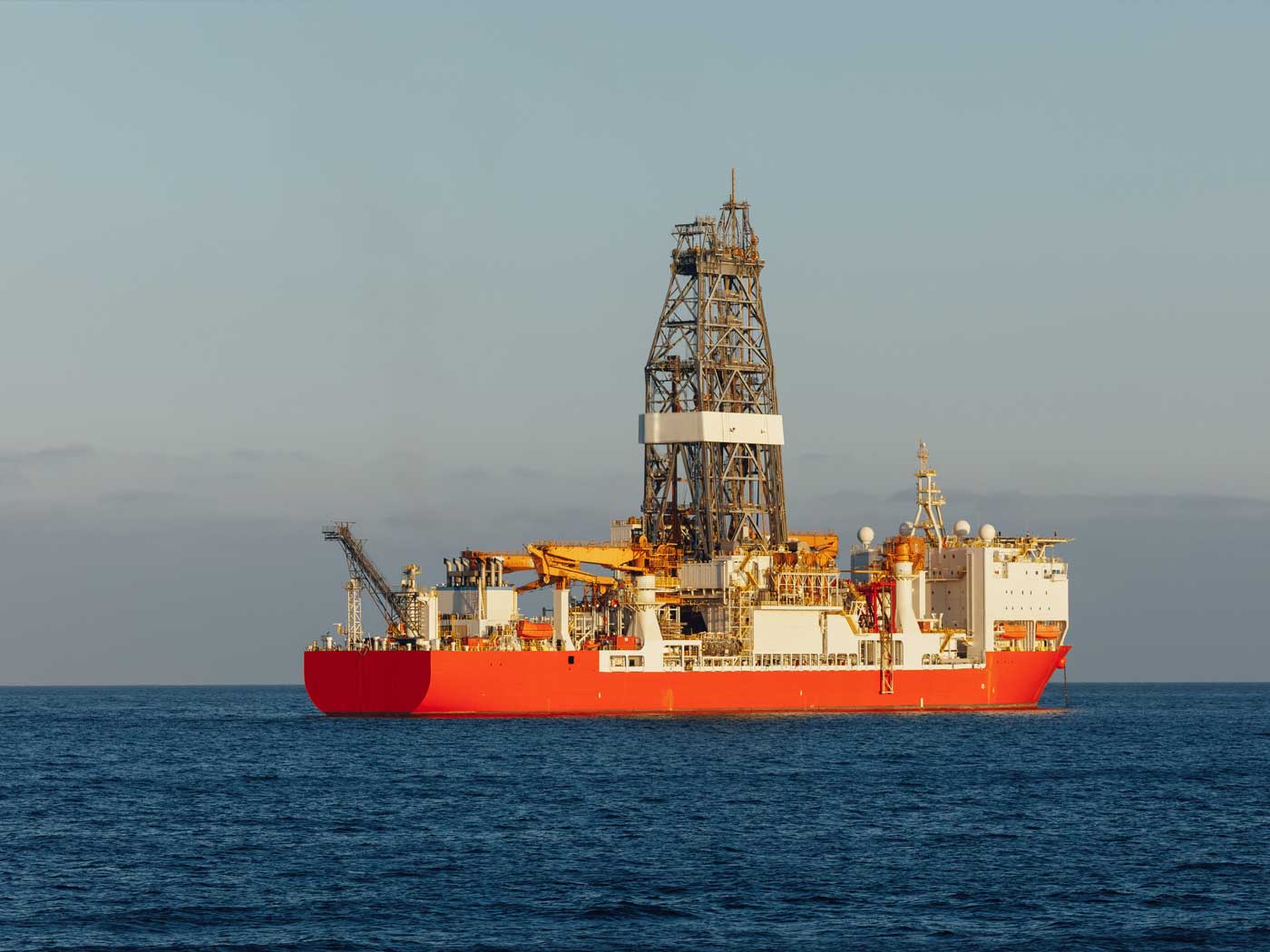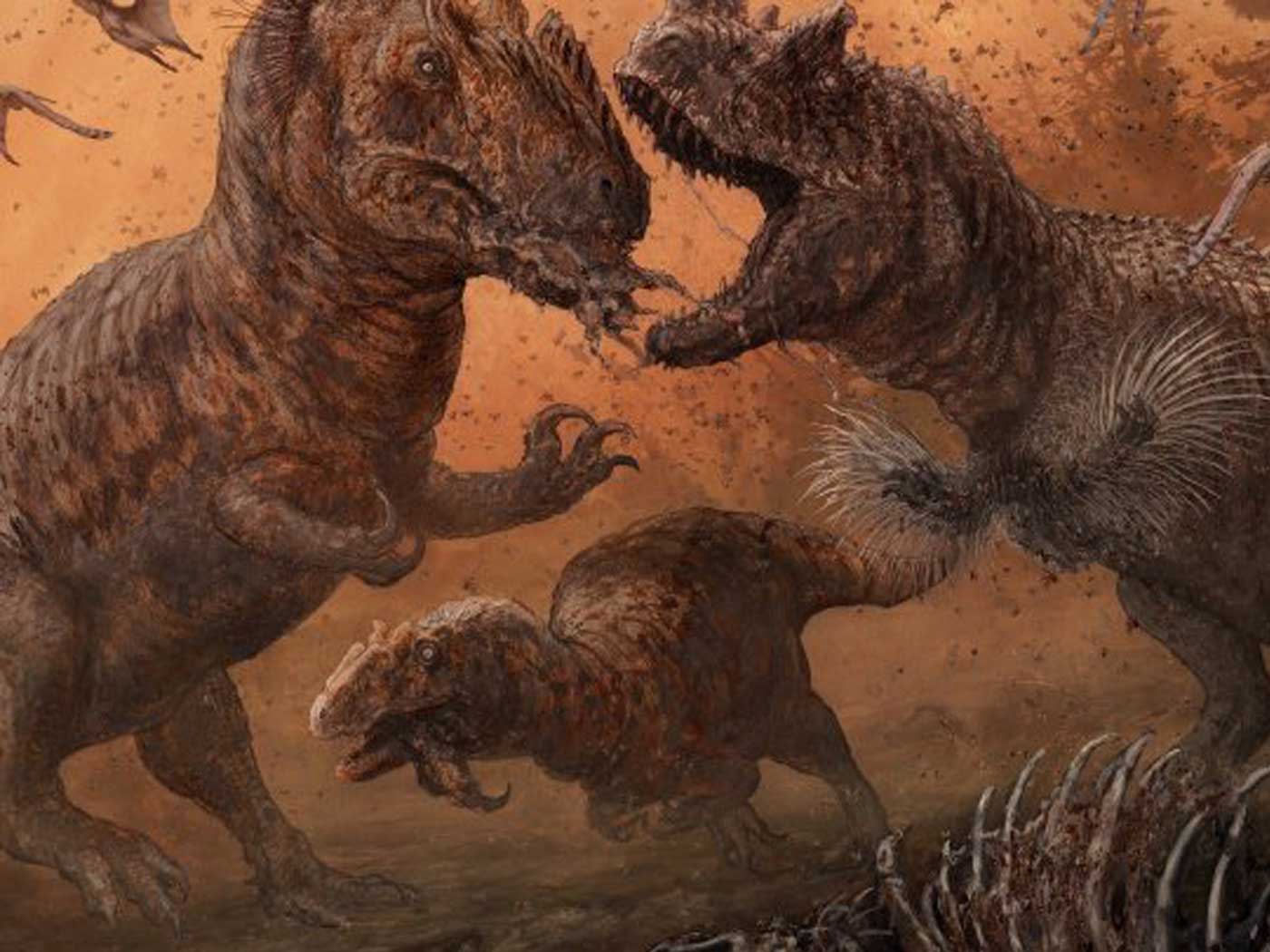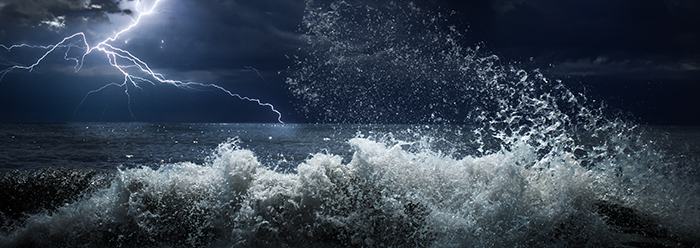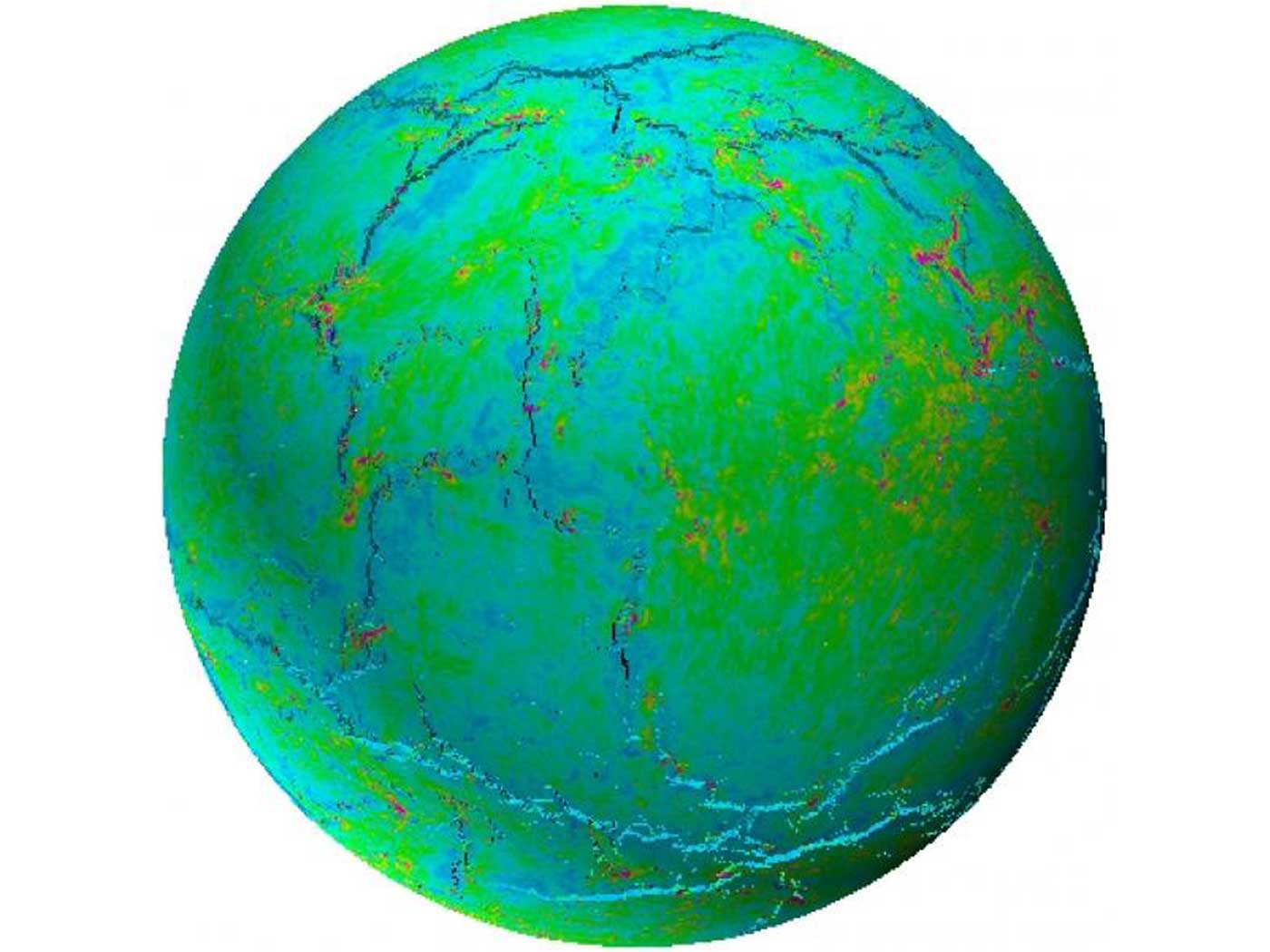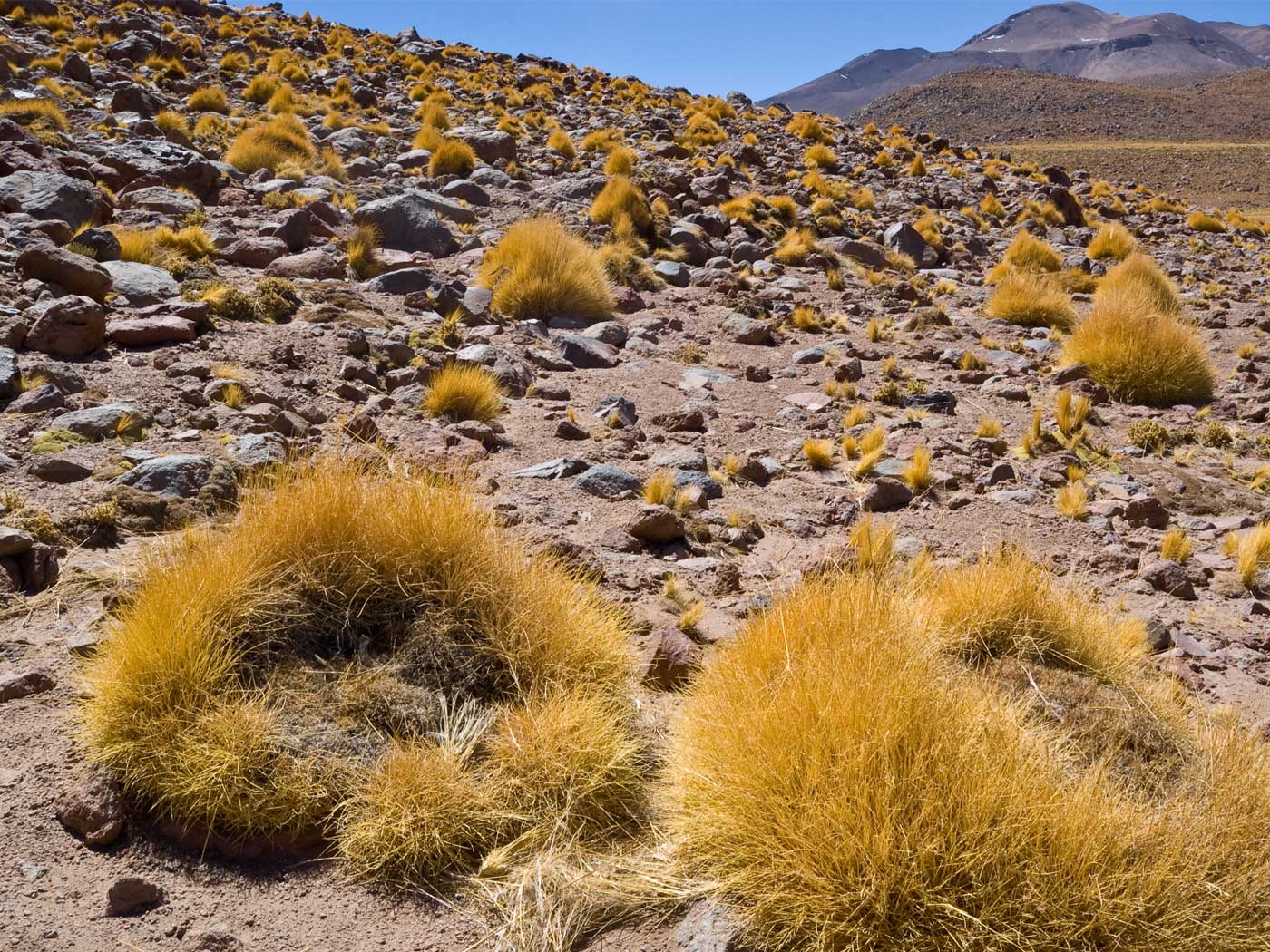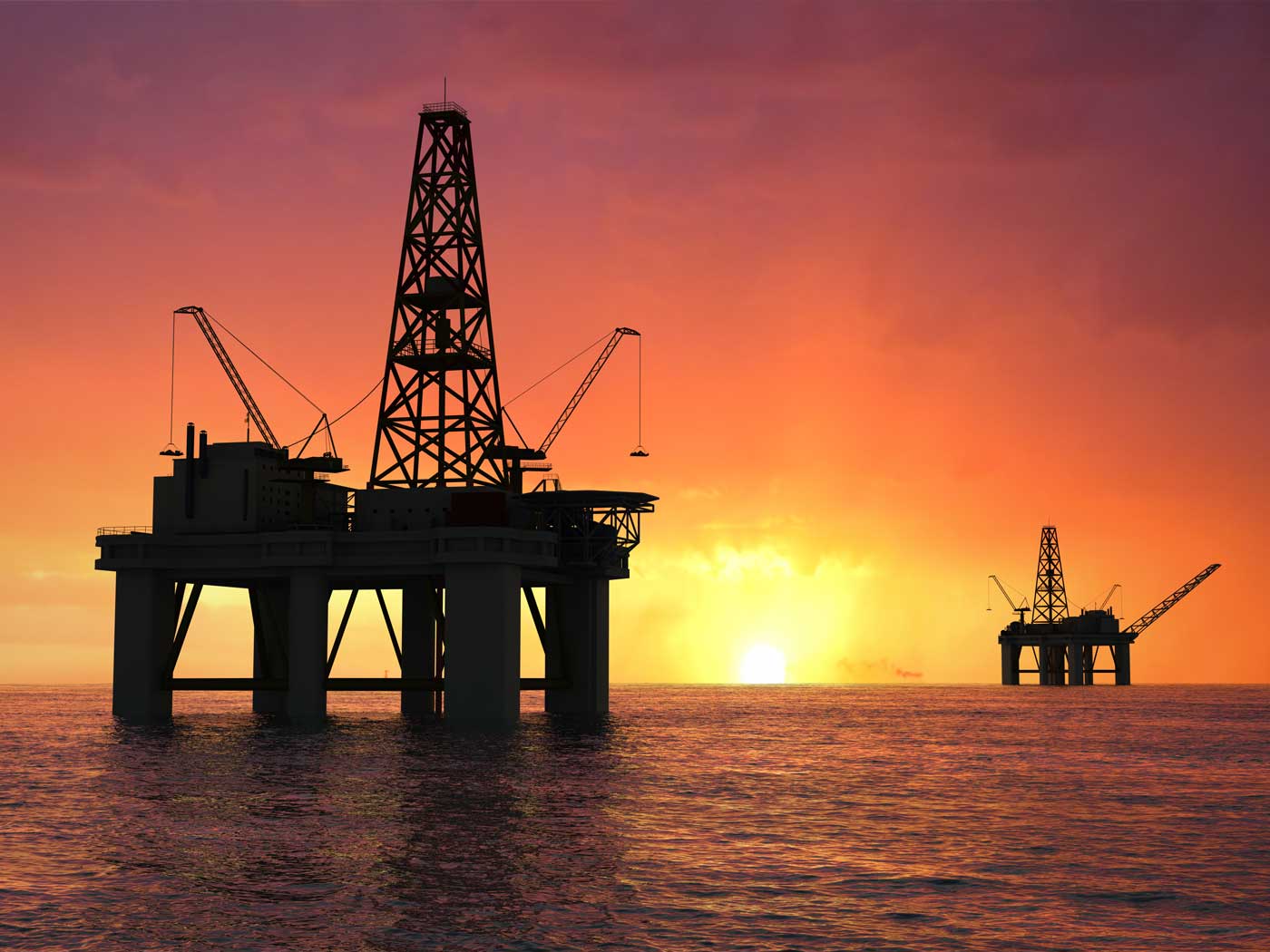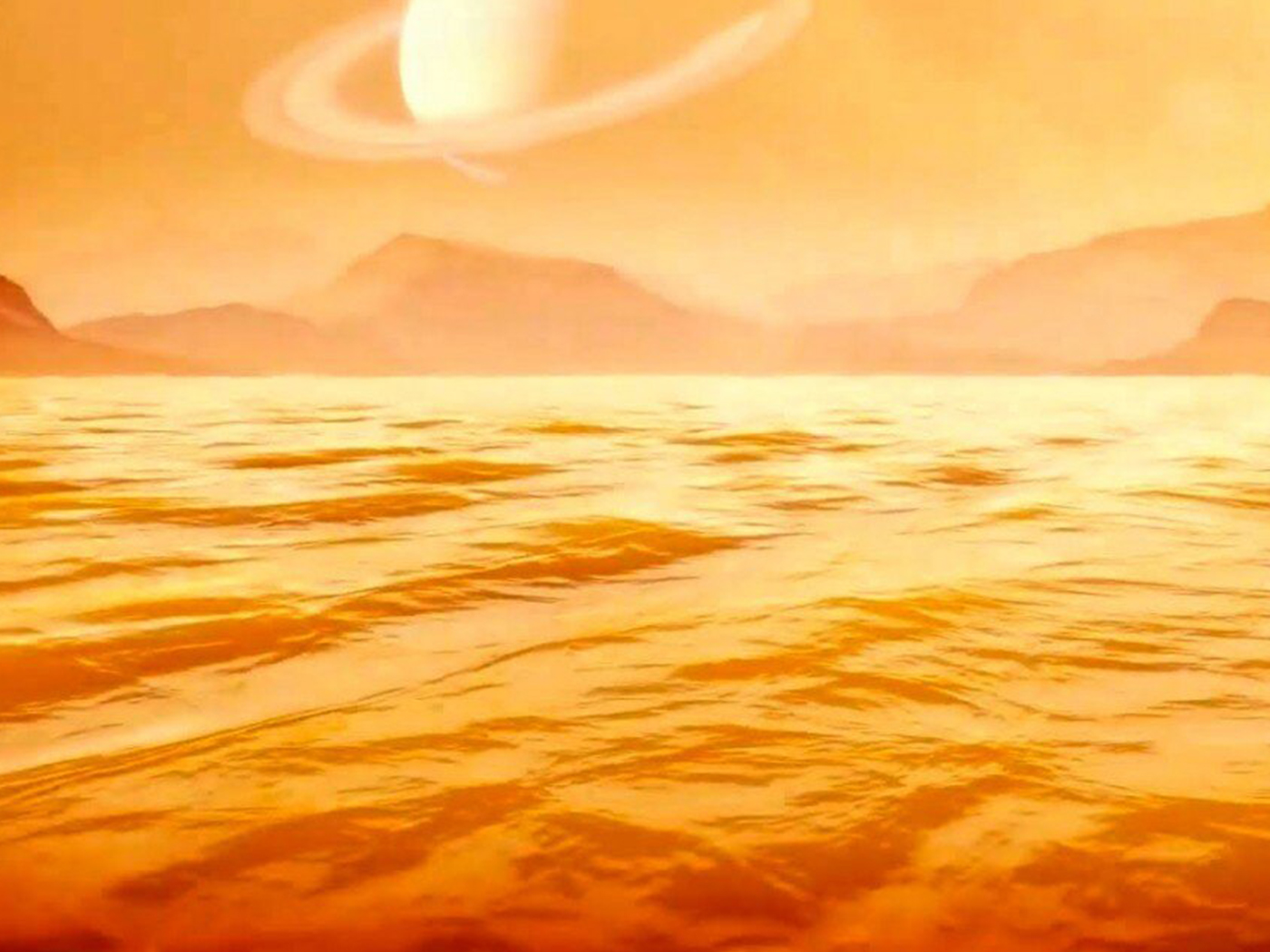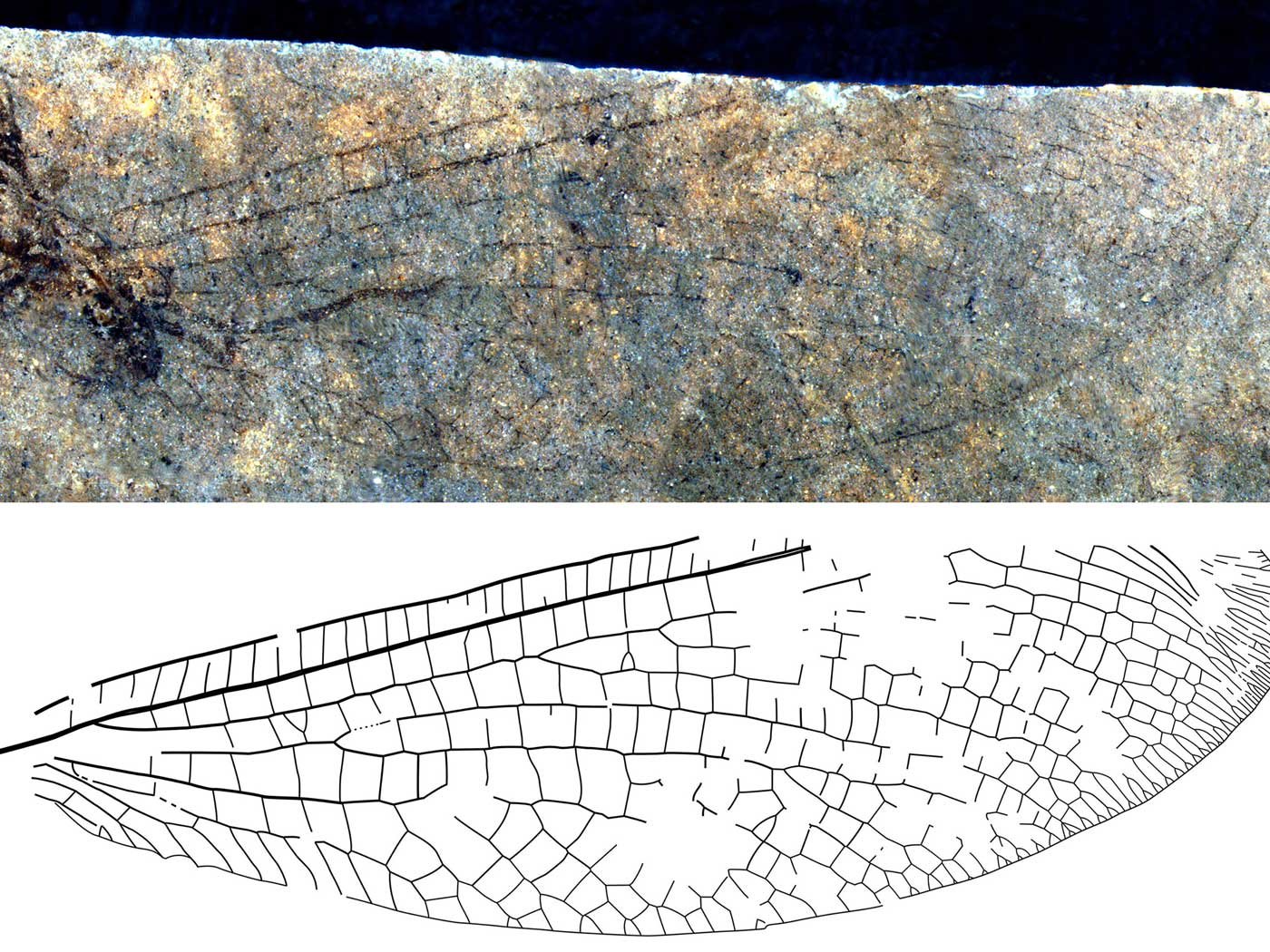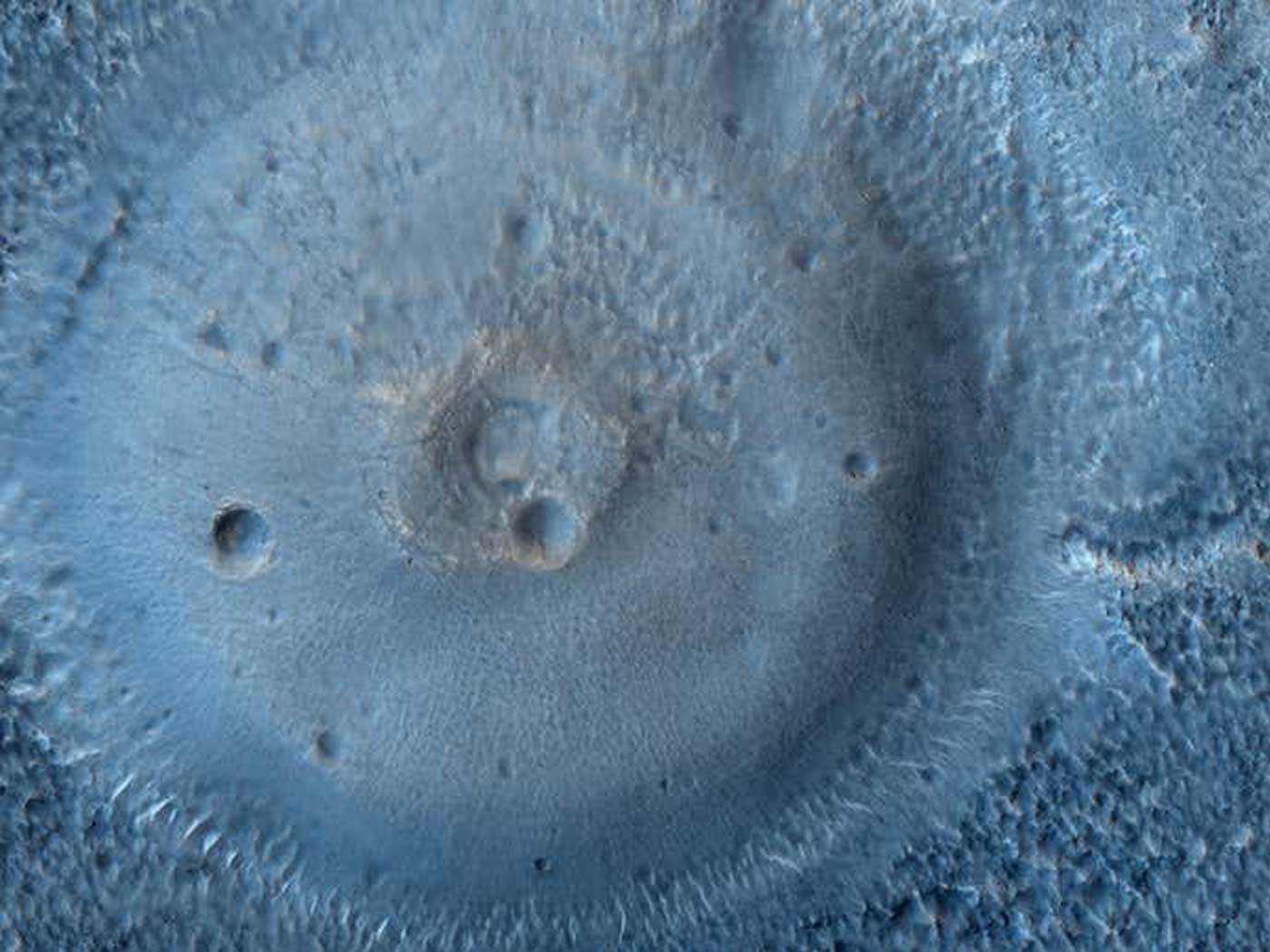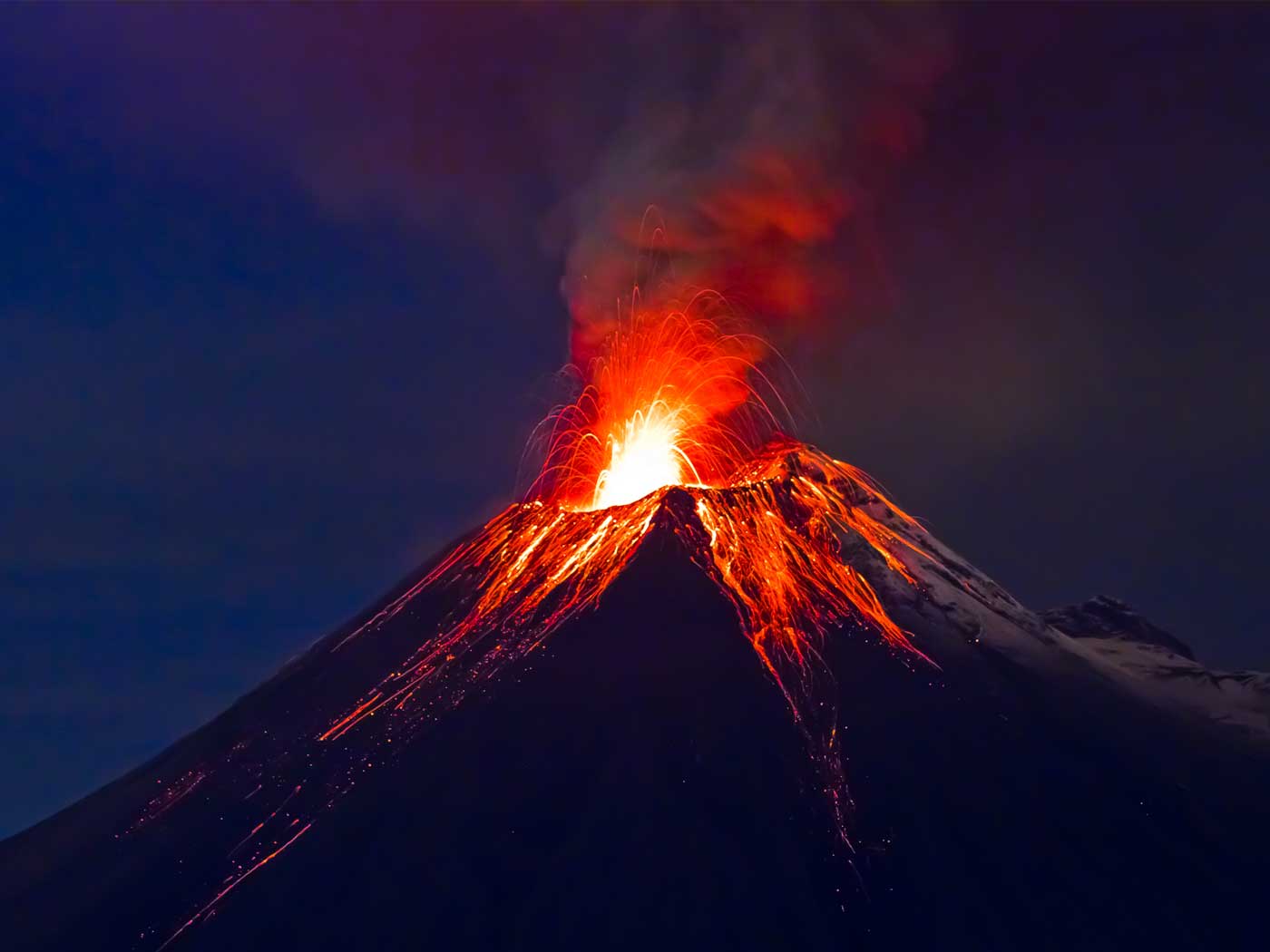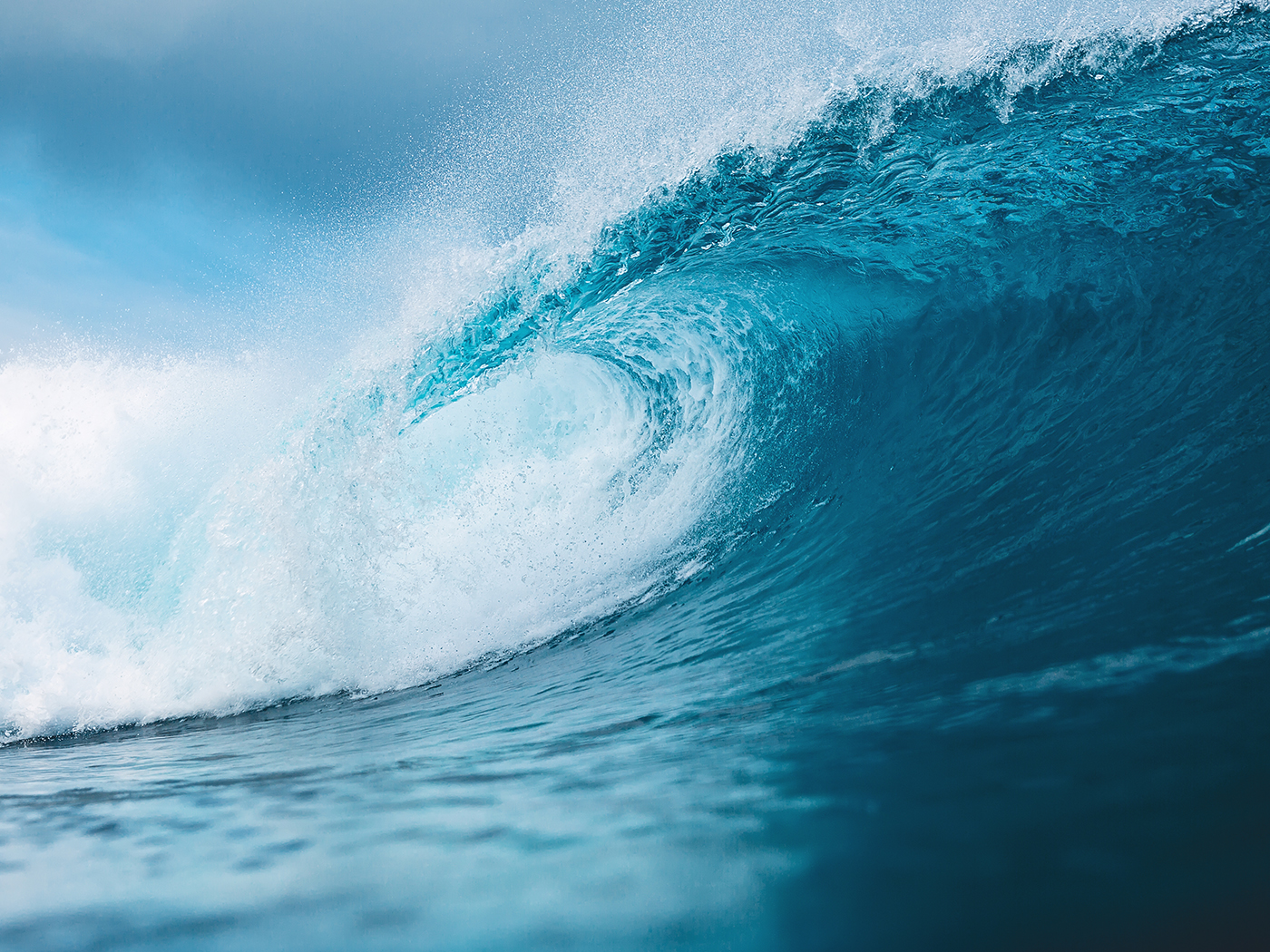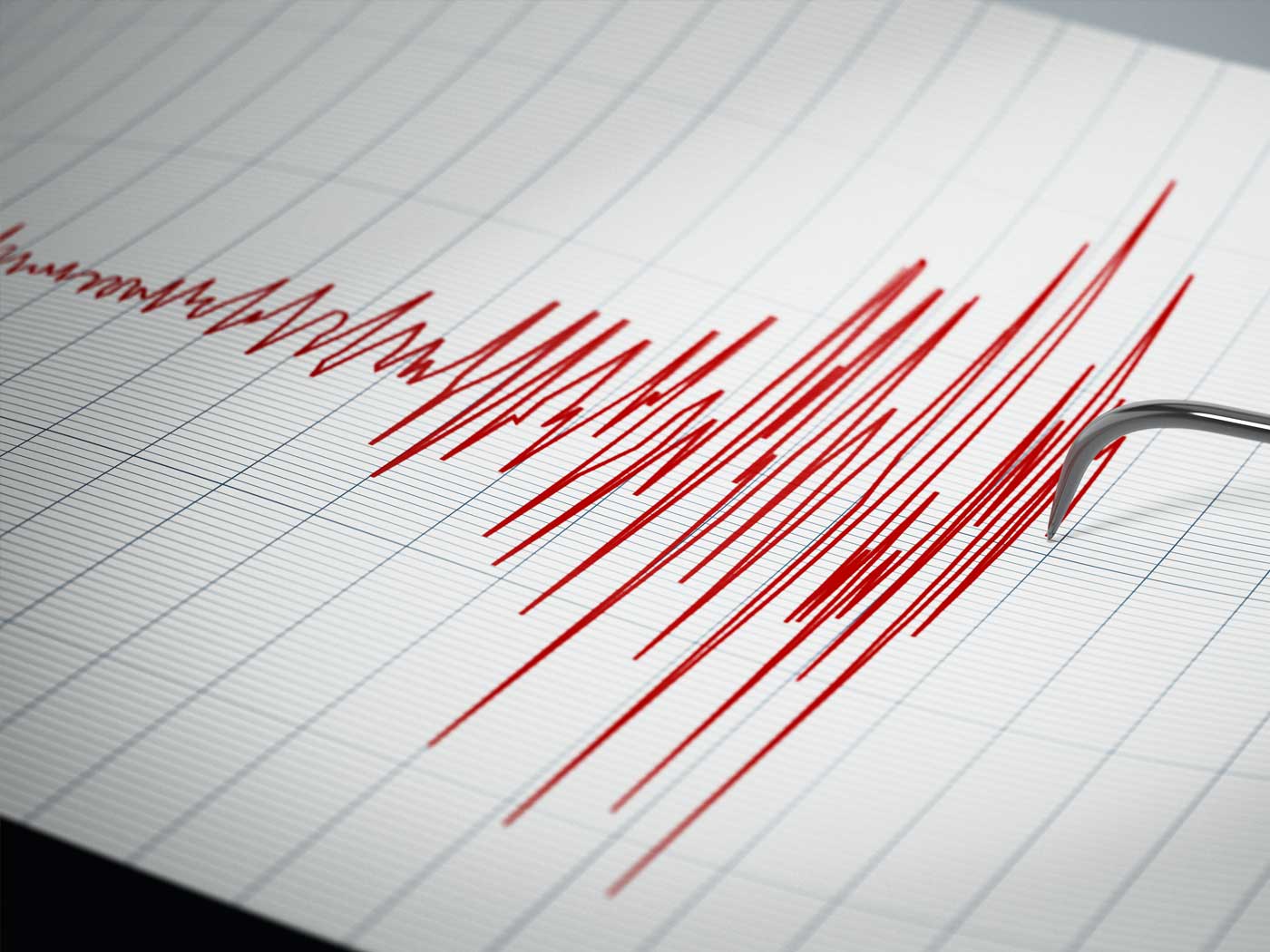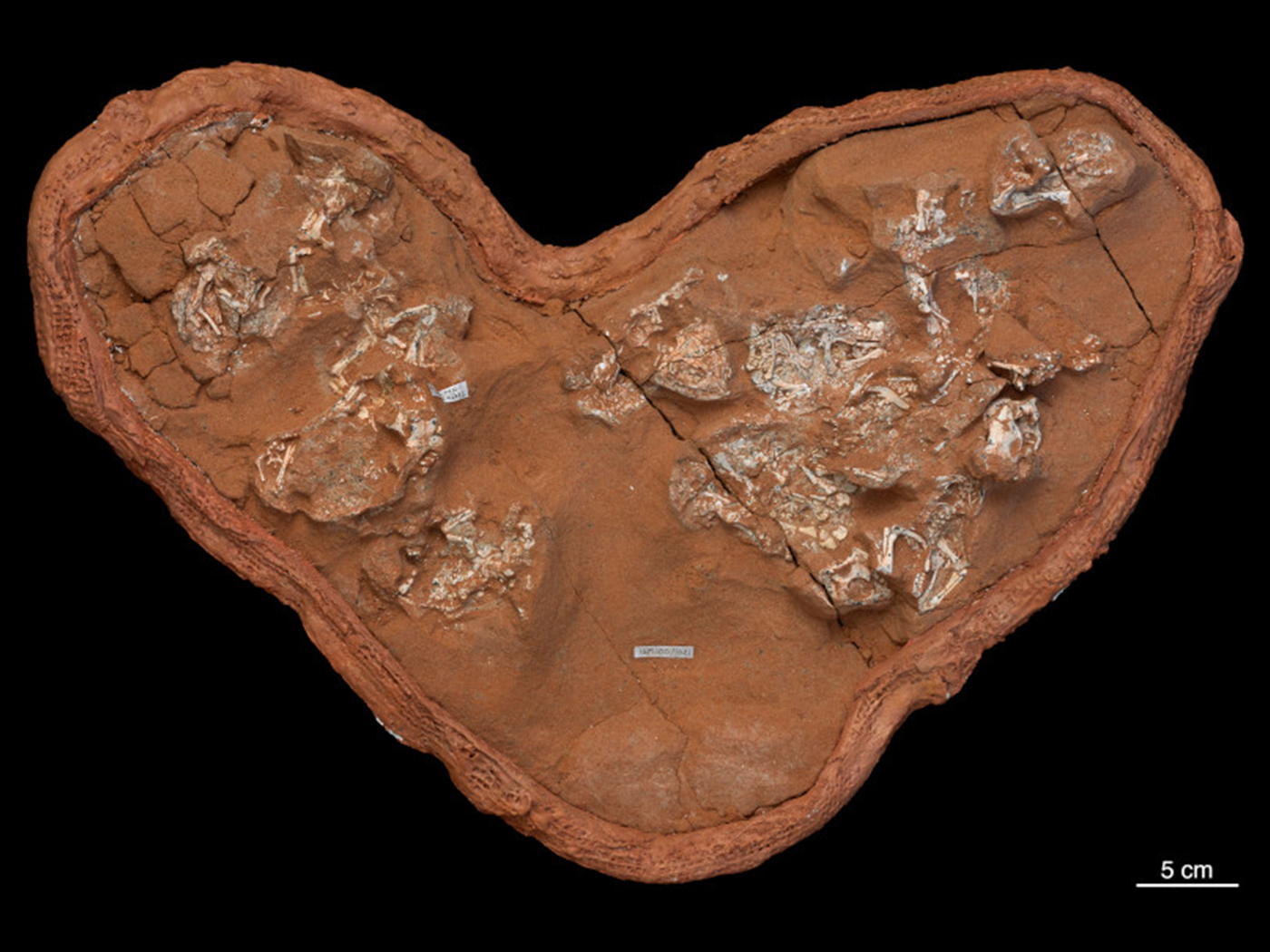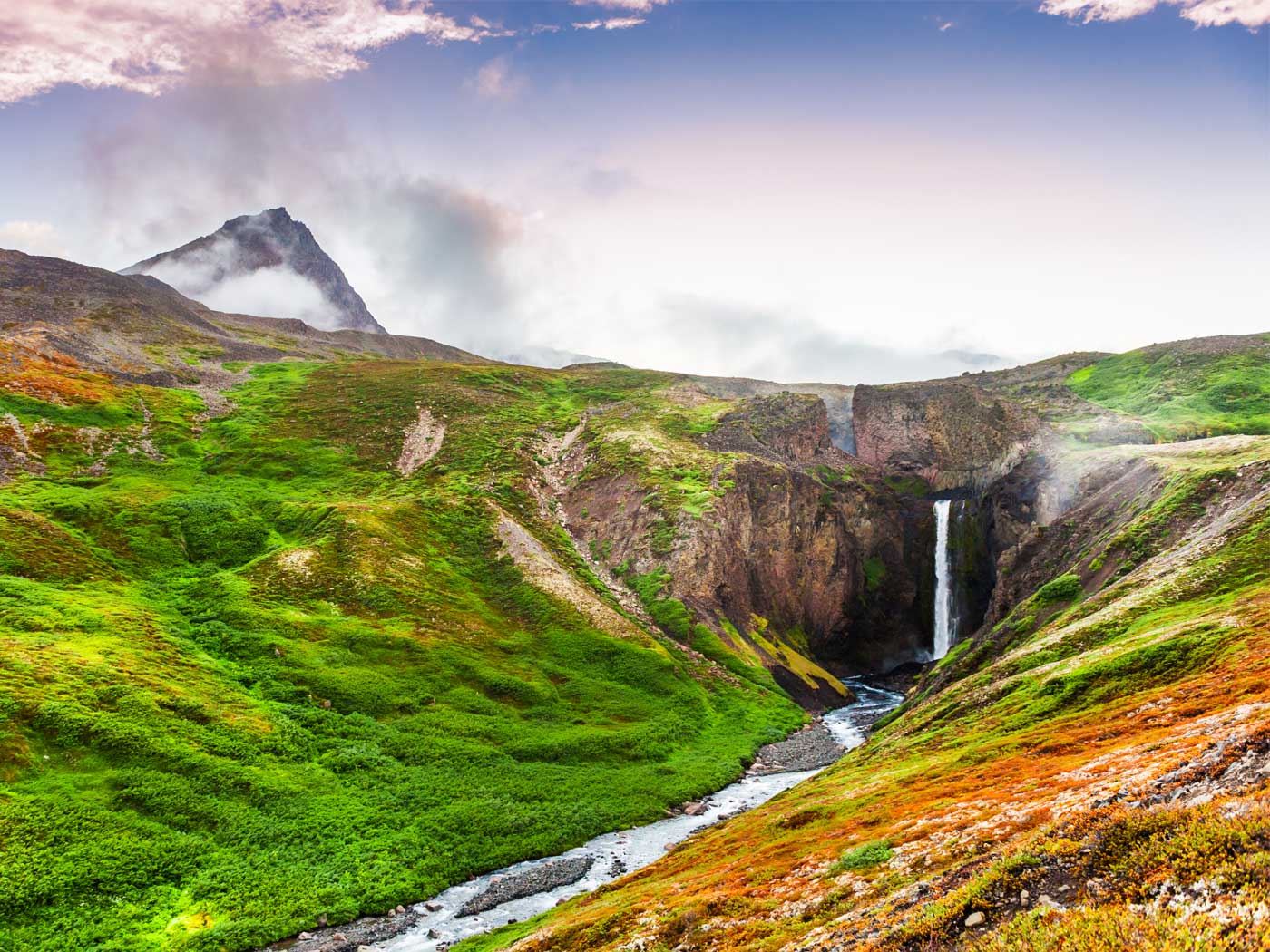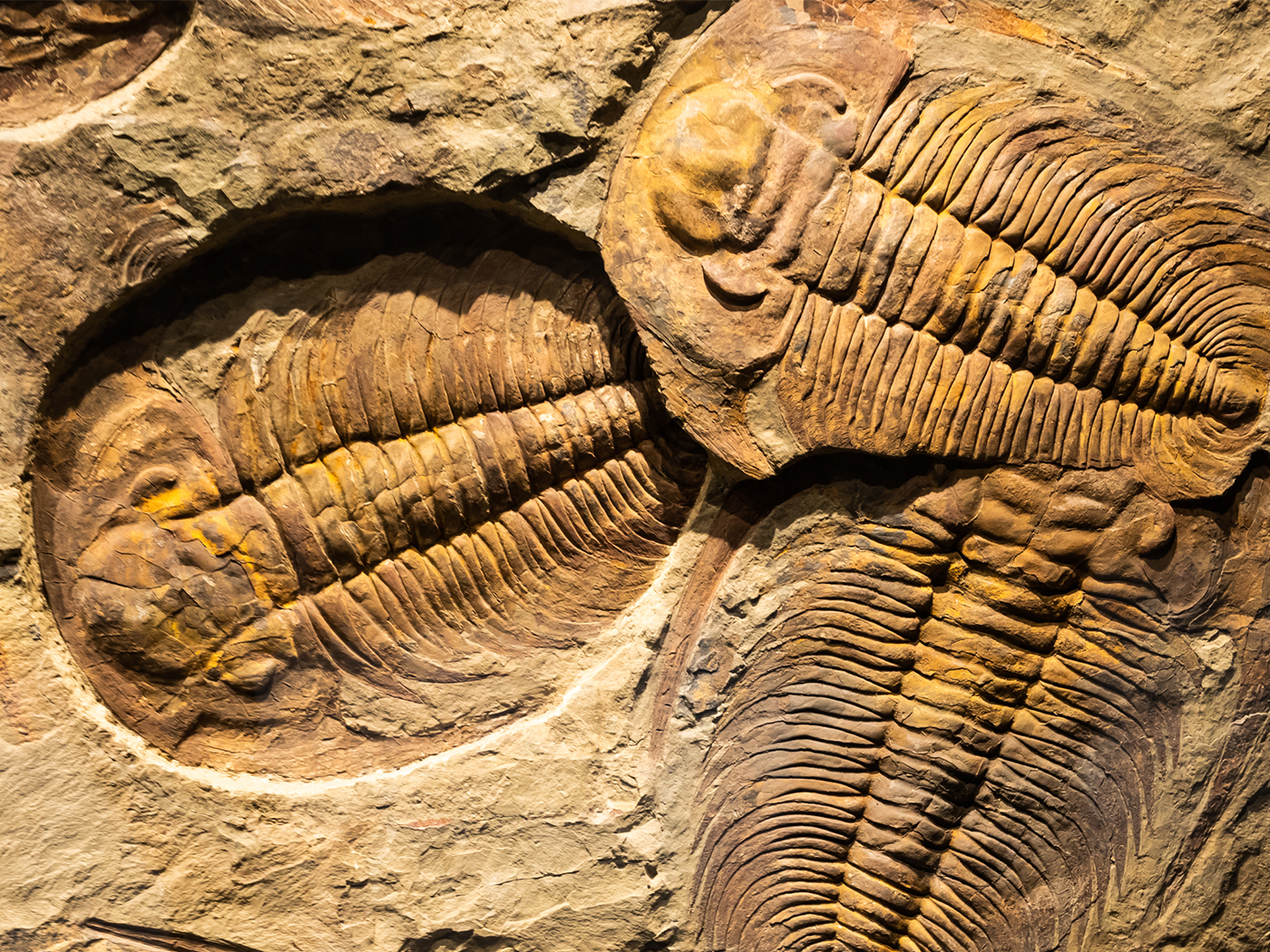Prior to this discovery, Mauna Loa volcano on the Big Island of Hawai’i was thought to be the largest volcano on Earth.1 Both Puhahonu and Mauna Loa are known as “shield volcanoes.” These volcanoes form by massive outpourings of a low viscosity (flows easily) basalt-rich lava, resulting in a broad, fairly flat volcano resembling a Greco-Roman shield.
The Hawaiian Islands are at the terminal end of a long chain of volcanoes extending over 3,600 miles across the Pacific Ocean. Most of these volcanoes are now below sea level and are either flat-topped guyots or seamounts. Puhahonu volcano is one of these nearly completely submerged volcanoes within this chain. Most scientists think this long line of volcanoes formed from a hot spot in the mantle underneath the ocean plate. As the Pacific plate moved over the hot spot toward the northwest, newer and newer volcanoes formed to the southeast, extending the chain. The Big Island now sits over the active hot spot. All islands and seamounts to the west are progressively older and are essentially inactive.
In 2014, new sonar data was collected over Puhahonu that was analyzed by Michael Garcia and colleagues at the University of Hawai’i at Manoa, Honolulu. They found that Puhahonu volcano is nearly twice the mass of Mauna Loa, having a volume of about 35,500 cubic miles.1 They also studied rock samples from the volcano and determined it had the hottest magma source at about 1,700° C which was even hotter than the Deccan Trap volcanism in India.1
The scientists then tried to figure out why this volcano was so big compared to the volcanoes and seamounts around it in the chain.
Garcia and his fellow scientist wrote, “We considered four testable mechanisms to increase magma production, including 1) thinner lithosphere, 2) slower propagation rate, 3) more fertile source, and 4) hotter mantle.”1
They ruled out the first three possibilities and found the fourth one seemed to best fit the data, concluding:
A hotter mantle remains the best mechanism to produce the large magma volumes and is consistent with the high forsteritic olivine phenocryst [crystals] compositions (up to 91.8%) and the calculated high percent of melting (24%). Thus, the gargantuan size of Puhahonu reflects its high melting temperature, the highest reported for any Cenozoic basalt.1
No one is sure why the magma was hotter at the time that Puhahonu volcano sat over the hot spot beneath the crust. Garcia and his team suggested it may have been caused by a “solitary wave” that had formed briefly in the mantle. They explained, “Solitary waves are stable ascending blobs of buoyant, viscous [thick] mantle created by perturbations in the flux entering the conduit.” In other words, they speculate there was a higher and hotter flow of magma coming from deep in the mantle, but are still unsure of a reason.
Creation geologists believe the volcanic ridge system, that includes Puhahonu volcano and major portions of the islands of Hawaii, all formed rapidly during the Flood year. As the newly formed Pacific plate was being created along the East Pacific Rise, the plate was moving to the northwest at speeds of several yards per second.3 This catastrophic plate motion slid the oceanic plate quickly over the nearly stationary hot spot, leaving the resulting trail of volcanoes behind.
There must have been a tremendous outpouring of mantle magma to produce this long ridge of volcanoes so quickly. During the Flood year, runaway subduction and the rapid formation of crust at ocean ridges must have caused flow in the mantle and volcanism like never before.3 And we see evidence of this globally, with volcanic activity peaking late in the Flood.3
As the activity of the Flood year lessoned, the plates also slowed down to a crawl, making the massive Mauna Loa volcano at the end of the chain. The reasons why the mid-chain Puhahonu volcano attained such an anomalously large volume is still not fully understood. A hotter mantle may just be part of it. But such massive outpourings of lava seem much more understandable in the context of a global catastrophe like the Flood.
Stage image: Puhahonu Island.
Stage image credit: NOAA. Copyright © 2020. Adapted for use in accordance with federal copyright (fair use doctrine) law. Usage by ICR does not imply endorsement of copyright holders.
References
1. Garcia, M.O., et al. 2020. Puhahonu: Earth's biggest and hottest shield volcano. Earth and Planetary Science Letters. 542 (116296).
2. Perkins, S. 2020. World’s biggest volcano is barely visible. ScienceMag. Posted on sciencemag.com May 12, 2020, accessed May 18, 2020.
3. Clarey, T. 2020. Carved in Stone: Geological Evidence of the Worldwide Flood. Dallas, TX: Institute for Creation Research.
*Dr. Clarey is Research Associate at the Institute for Creation Research and earned his doctorate in geology from Western Michigan University.




